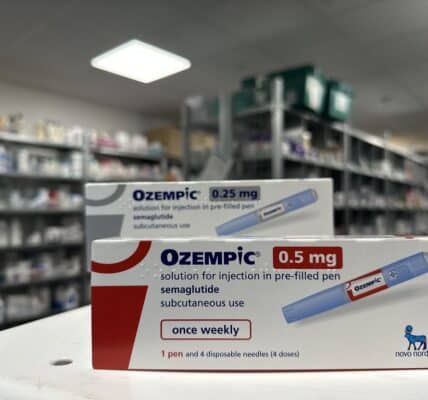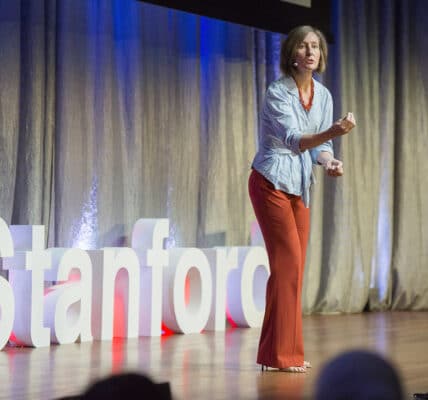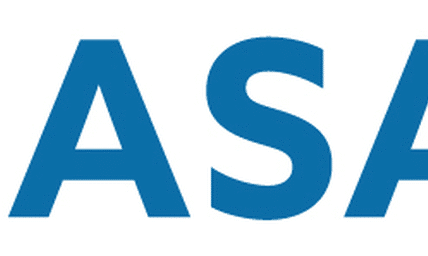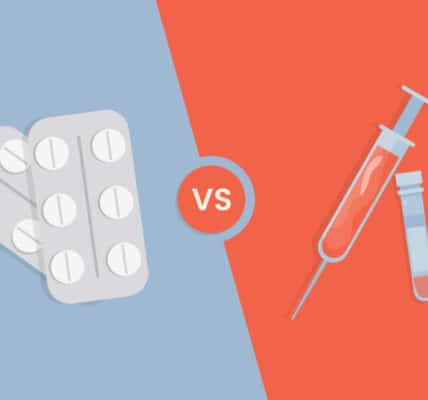The Impact of GLP-1 Drugs on Reward Pathways

A reader has called our attention to a “qualitative synthesis and systematic review analysis” of scientific studies on the relationship between GLP-1 receptor agonists (GLP-1 drugs) and the reward system, published in Frontiers in Behavioral Neuroscience in early 2021.
Developed from the saliva of a gila monster lizard, GLP-1 drugs such as Ozempic, work by attaching to GLP-1 receptors in the gut, inducing a feeling of fullness. GLP-1 receptors are also “widely expressed in the brain,” according to researchers, impacting the reward response to a variety of substances.
The researchers are affiliated with the Research Center for Translational Medicine (KUTTAM) at Koç University in Istanbul, Turkey. They made their way through more than 25,000 studies looking for evidence of the impact of GLP-1 drugs on reward systems. Studies involving rodents were analyzed separately from those involving human subjects.
In animals, they found GLP-1 drugs were effective at reducing the intake of palatable foods, cocaine, amphetamine, alcohol, and nicotine. Specifically, they found “GLP-1 modulates dopamine levels and glutamatergic neurotransmission” in animals.
In humans, the findings were fascinating and quite specific:
GLP-1 reduces food cravings partially by decreasing activity to the anticipation of food in the left insula of obese patients with diabetes and may inhibit overeating by increasing activity to the consumption of food in the right orbitofrontal cortex of obese and left insula of obese with diabetes.
Clearly, GLP-1 drugs are not just impacting the gut. They are interacting with the dopamine delivery mechanism in the brain, and they impact the response to cues (“anticipation of food”) measurably in the left insula.
The researchers conclude, “Current preclinical studies support the view that GLP-1 can be a target for reward system related disorders.”
Studies in mice back as far as 2014 have shown the ingestion of food leads to increased dopaminergic activity in the amygdala. “[E]nhanced dopamine signaling is associated with reward,” write researchers from the Institute of Neuroscience and Physiology at The Sahlgrenska Academy, part of the University of Gothenburg in Sweden. Regarding GLP-1 drugs, these researchers found:
The glucagon-like peptide 1 (GLP-1) system, a target for type 2 diabetes treatment, in addition to regulating glucose homeostasis, also reduces food intake. We found that central GLP-1R receptor activation is associated with elevated dopamine turnover in the amygdala…
Another fascinating study of the impact of GLP-1 drugs on the reward systems of rodents was reported out last year from a team of researchers associated with the UMC Brain Center, at Utrecht University in the Netherlands. Researchers found a split result. They measured “dopamine-neuron activity in the ventral tegmental area (VTA) upon exposure to a cue-induced sucrose delivery task.”
What they discovered was that semaglutide, a GLP-1 drug, “increases VTA dopamine signaling during reward collection.” However, they showed no impact on dopaminergic activity in the VTA during the cue phase. It is possible this finding could help explain the rapid weight gain that results when patients stop taking GLP-1 drugs. Their cue sensitivity remains untreated.
Finally, a systematic review published six months ago, also in Physiology & Behavior, attempted to get to the bottom of the issue of GLP-1 drugs (GLP-1RAs) and the regulation of reward behavior: “Herein, we aim to systematically review the extant evidence on the potential effects of GLP-1RAs on the reward system.”
Oh, how such ambitions are crushed! From an initial search yielding 600 studies, they narrowed it down to 70 full-text sources. But 55 were removed “for various reasons,” leaving 15 studies in the “systematic review.” The results are also not particularly conclusive. Researchers found the GLP-1 drugs:
- modulate food-related reward behaviours
- reduce meal intake
- reduce the “rewarding aspect of food-related stimuli”
- have a “potential effect” on substances of abuse
- “anticipatory and consummatory anhedonia”
The authors note that the “potential impact” on substances of abuse is only for patients with obesity or type 2 diabetes. That could reflect the relative lack of data on the impact of GLP-1 drugs on normal weight or underweight individuals. The authors make the interesting claim that “GLP-1RAs can remediate impaired dopaminergic signalling.”
Specifically, persons with alcohol use disorder, both normal weight and obese, “experienced a notable decrease in cue reactivity to alcohol reward substances in the ventral striatum, dorsal striatum, and putamen after 26 weeks of Exenatide treatment compared to a placebo group.” After 26 weeks, cue sensitivity for the alcoholics dropped to the same statistical baseline as non-alcoholics.
Otherwise, this “systematic review” confirms much of what we already know about GLP-1 drugs and obesity, type 2 diabetes, and weight loss. It leaves open many questions about impacts on the reward system for substances other than food, not to mention behavioral disorders also tied to reward-system dysfunction, such as gambling addiction and shopping addiction.
We’ll continue to follow the breaking news around GLP-1 drugs and the many studies now underway regarding the impact these drugs have on behavioral disorders and substance use disorders.
Written by Steve O’Keefe. First published April 1, 2025.
Sources:
“Can GLP-1 Be a Target for Reward System Related Disorders? A Qualitative Synthesis and Systematic Review Analysis of Studies on Palatable Food, Drugs of Abuse, and Alcohol,” Frontiers in Behavioral Neuroscience, January 2021.
Dopamine signaling in the amygdala, increased by food ingestion and GLP-1, regulates feeding behavior,” Physiology & Behavior, September 2014.
“GLP-1 receptor agonist semaglutide reduces appetite while increasing dopamine reward signaling,” Neuroscience Applied, March 22, 2024.
“Glucagon-like peptide 1 agonist and effects on reward behaviour: A systematic review,” Physiology & Behavior, September 2024.
Image Copyright: oscarphotos.




